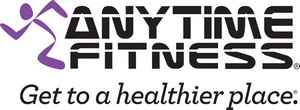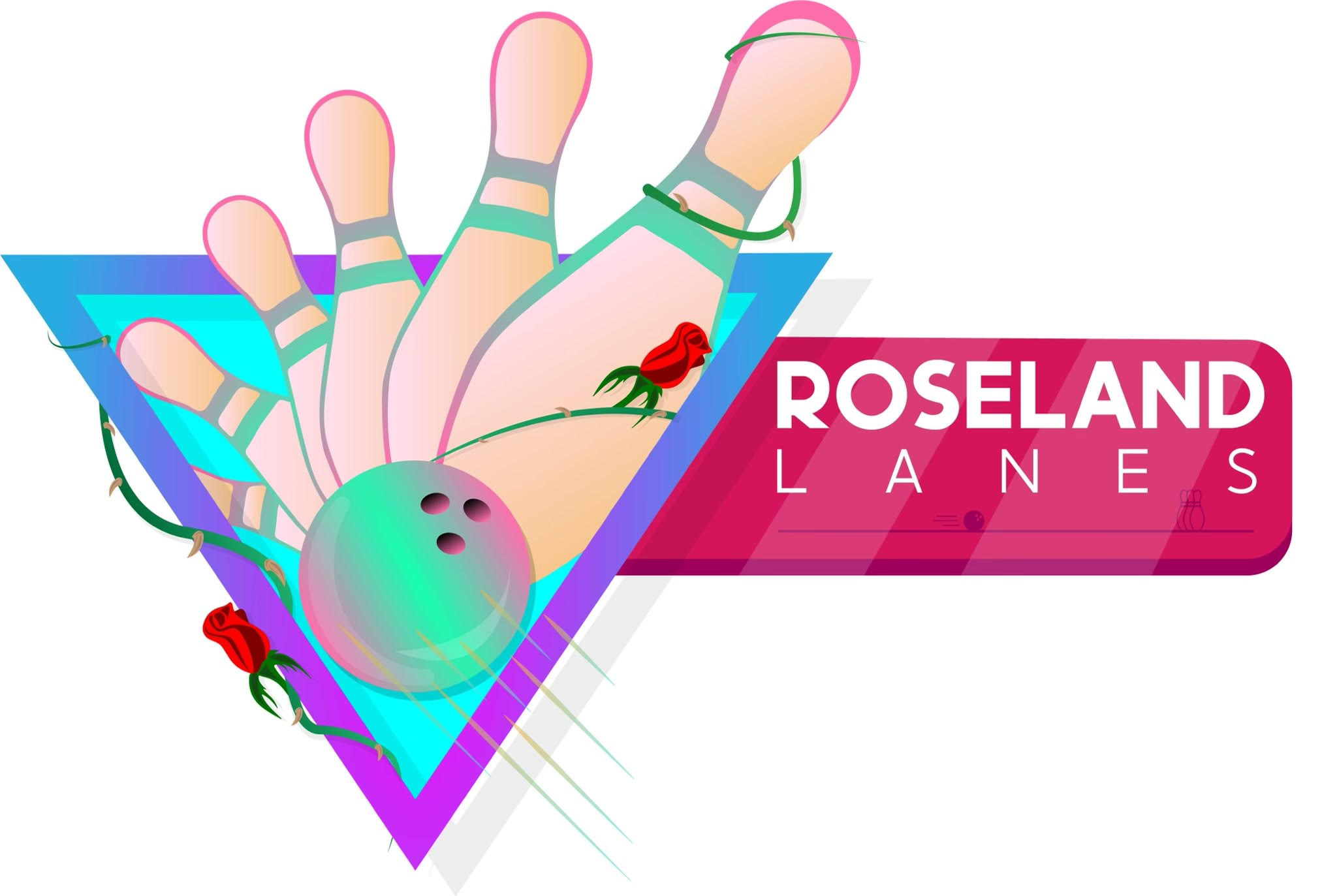You probably do not have a couple hundred thousand dollars lying around to pay for a new home—but that is OK. Mortgages exist for this precise purpose. They give potential homeowners a chance to realize their dream without paying exorbitant sums of cash up front.
How Mortgages Work
A mortgage is a long-term loan used by people who want to make large real estate purchases. The borrower is expected to pay back the loan in its entirety (plus all the accumulated interest) over a pre-determined amount of time.
Mortgages come in a variety of forms, but fixed-rate mortgages and adjustable-rate mortgages are the most popular. A fixed-rate mortgage uses the same interest rate for the life of the loan, and the principal and interest payments are consistently the same each month. Fixed-rate mortgages tend to have higher interest rates than adjustable-rate mortgages; interest rates for adjustable-rate mortgages fluctuate periodically. Initially, usually for a period between 3–10 years, homeowners receive an introductory interest rate that is much lower than what is available for a fixed-rate mortgage. But after this introductory period, rates inflate based on the individual terms of the loan and a benchmark interest rate index. Adjustable-rate mortgages can be most attractive to people who anticipate an impending relocation or are near retirement age.
How to Apply for a Mortgage
The best mortgage lenders in the business compete for your business, so it is important you keep a level head as you explore all of your options. Narrow down your search by comparing mortgage rates online, or consult a trusted mortgage broker. This is especially important because each application requires a review of your credit report, and too many reviews in a short period of time negatively impacts your score.
Mortgage lenders weigh your credit score heavily, so before you consider buying a home, make sure your score is in tip-top shape. Start saving money for the down payment, which usually covers about 20% of the cost of the total loan—but it can vary.
Glossary of Terms
- Principal: The amount of money you borrow from the bank to purchase your home.
- Interest: The cost of borrowing the principal loan amount. Interest is expressed as a percentage.
- Amortization: Part of your monthly mortgage payment pays off interest, and the other part pays off the principal. Slowly, as the loan amount decreases and you are charged less interest, more of your monthly payments go toward paying off the principal.
- APR: Another form of interest, APR allows prospective buyers to compare the affordability of loans. APR reflects the broader measure of the cost of your mortgage. This includes interest, mortgage broker fees, and closing costs.
- Closing Costs: Closing costs refers to expenses incurred during the home-buying process beyond the purchase price of your home. This includes lender fees, title fees, and prepaid costs.
- Equity: Equity is the difference between how much you paid for your home and the amount you owe on your mortgage. Put more simply, it is the part of the home you actually paid for. For example, if you made a 30% down payment on your home, your equity interest is 30% of the home’s value.





















